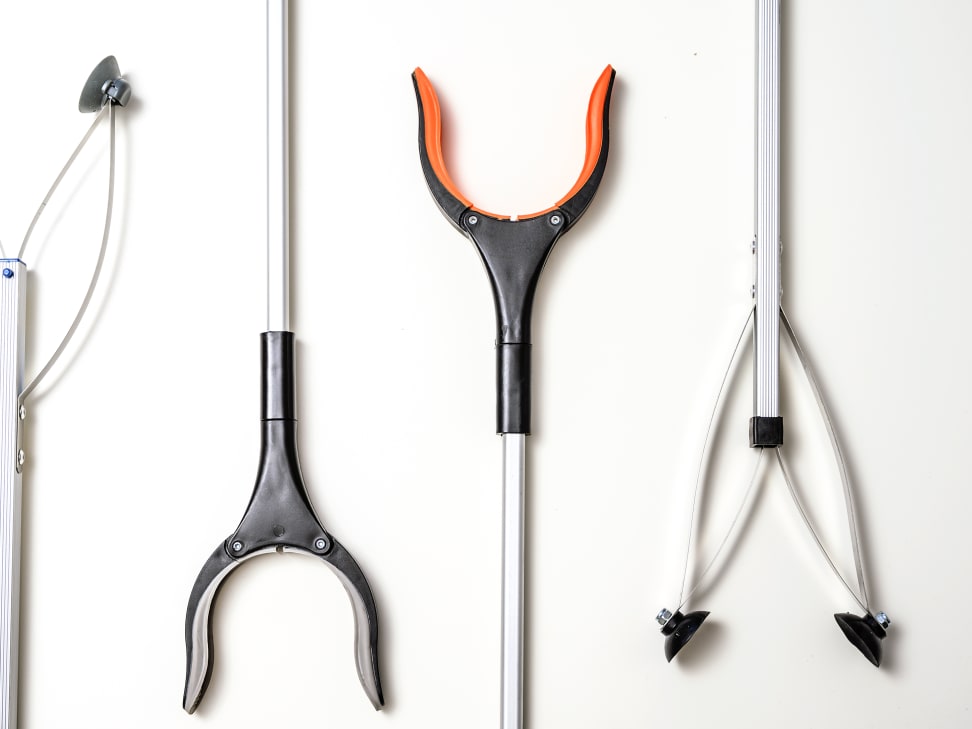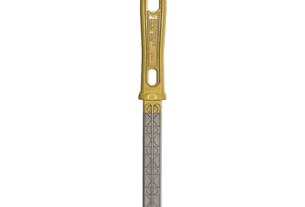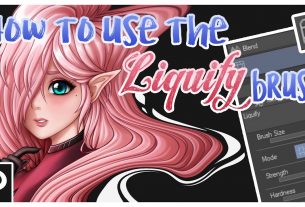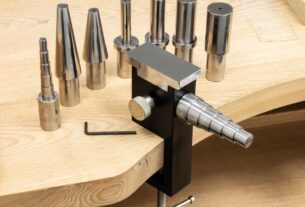Are you tired of using pliers that just don’t cut it when it comes to precision? Look no further than the pinching tool! This versatile tool is perfect for a variety of tasks, from jewelry making to electrical work. In this ultimate guide, we’ll cover everything you need to know about choosing the best pinching tool for your needs.
What is a Pinching Tool?
A pinching tool, also known as a precision pliers or mini pliers, is a small handheld tool used for gripping and manipulating small objects with precision and control. They are typically made of high-quality materials such as stainless steel and have a fine point on the end for accurate handling of tiny items.
Types of Pinching Tools
There are several types of pinching tools available, each with its own unique features and benefits:
1. Long-nose Pliers – These are the most common type of pinching tool and have a long, thin nose that can reach into tight spaces.
2. Flat-nose Pliers – These have a flat jaw surface that is ideal for holding flat objects or bending wire.
3. Round-nose Pliers – These have a rounded jaw that is perfect for forming loops or curves in wire.
4. Bent-nose Pliers – These have a bent nose that allows you to grip objects at an angle.
5. Chain-nose Pliers – These have a tapered jaw that can grip small objects with precision.
Choosing the Right Pinching Tool
When choosing the right pinching tool for your needs, there are several factors to consider:
1. Size – Pinching tools come in different sizes, so choose one that fits comfortably in your hand.
2. Material – Look for pinching tools made of high-quality materials like stainless steel, which will last longer and provide better performance.
3. Jaw Type – Choose a pinching tool with the jaw type that best suits your needs.
4. Cutting Capacity – Some pinching tools have cutting edges for snipping wire or other materials. Consider whether you need this feature when choosing a tool.
5. Price – Pinching tools come in a range of prices, so choose one that fits your budget.
Using Your Pinching Tool
Once you’ve chosen the right pinching tool, it’s important to know how to use it properly:
1. Grip the object firmly but gently with the jaws of the tool.
2. Use the fine point on the end of the tool for precise handling of small items.
3. For bending wire or forming loops, grip the wire with the jaws and twist gently.
4. For cutting wire, use the cutting edge of the tool to snip through the wire.
5. Always wear eye protection when using any type of hand tool.
Pinching Tool Maintenance
To ensure your pinching tool lasts as long as possible and maintains its performance, follow these maintenance tips:
1. Clean your pinching tool after each use with a soft cloth and mild soap and water.
2. Lubricate any moving parts with a small amount of oil to prevent rust and corrosion.
3. Store your pinching tool in a dry, cool place to prevent damage or warping.
4. Check your pinching tool regularly for signs of wear or damage and replace it if necessary.
Conclusion
A pinching tool is an essential item in any toolbox or crafting kit. Whether you’re working on jewelry, electronics, or any other precision task, having the right pinching tool can make all the difference. By following our guide, you’ll be able to choose the best pinching tool for your needs and use it properly for years to come.
Wiki Reference: https://en.wikipedia.org/wiki/Pliers




